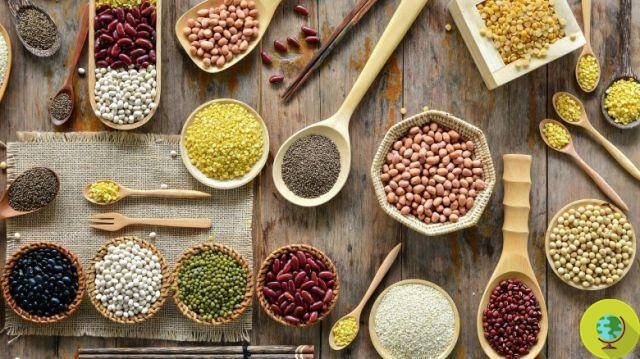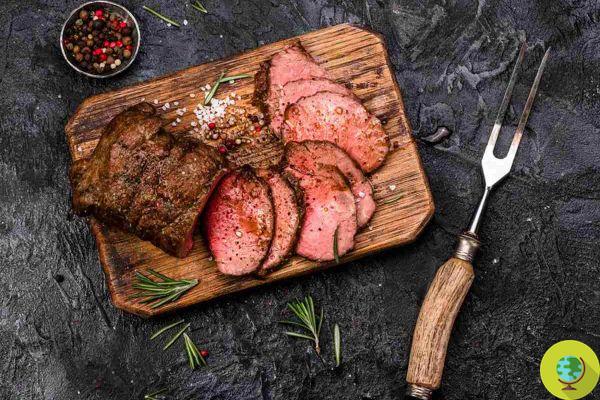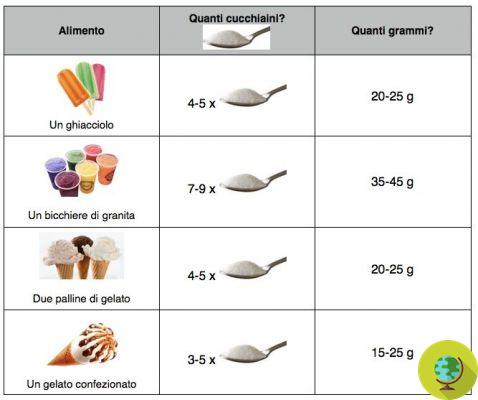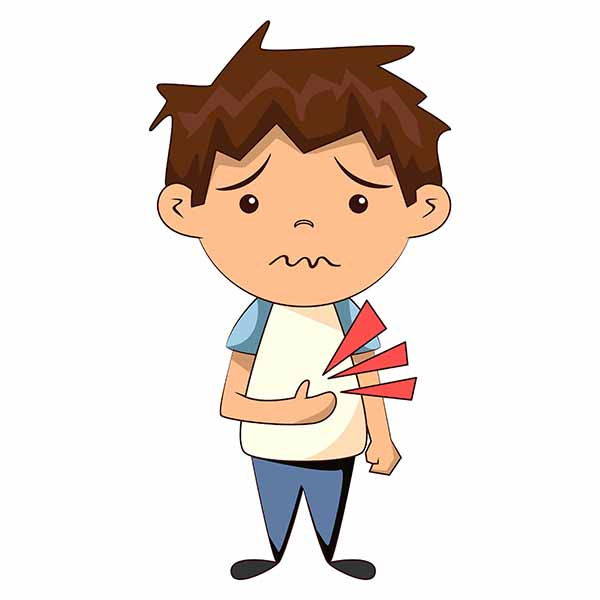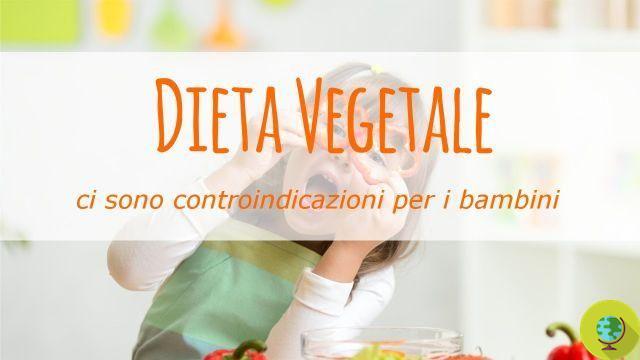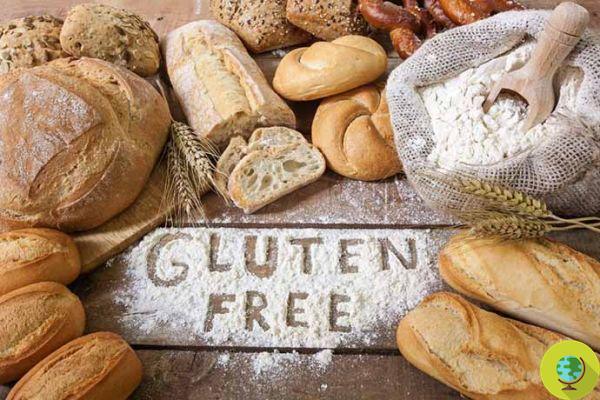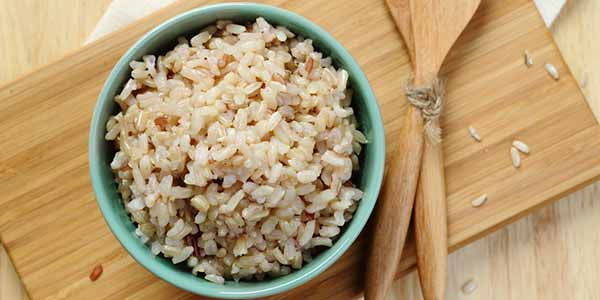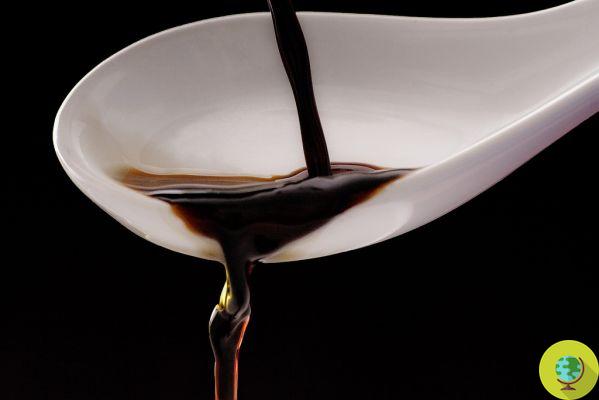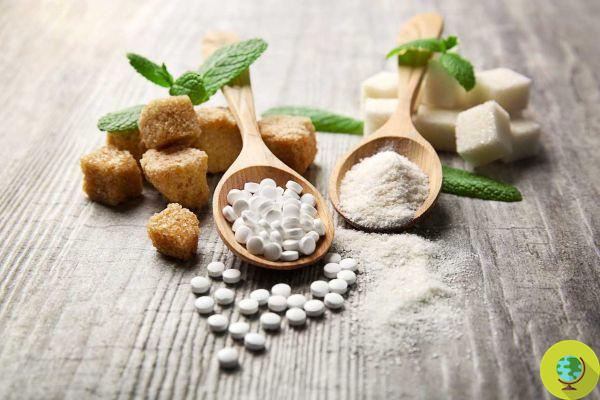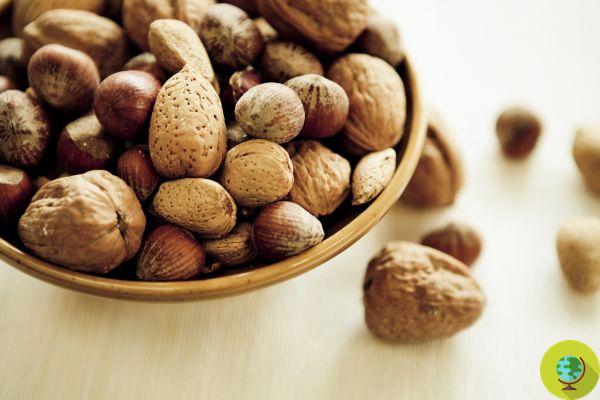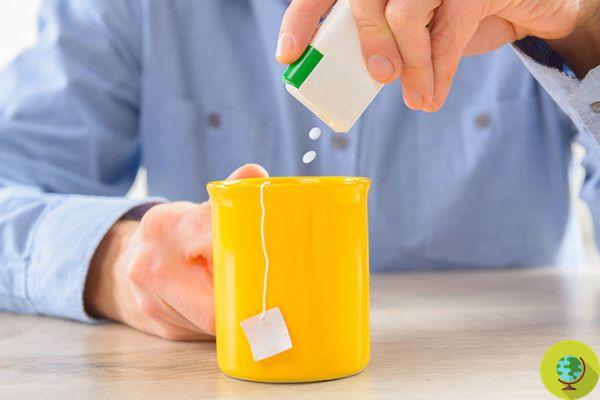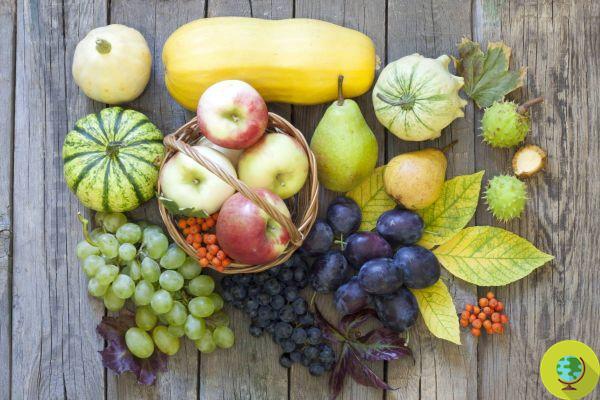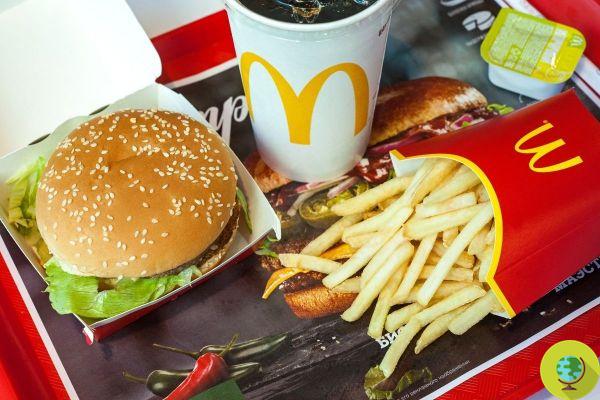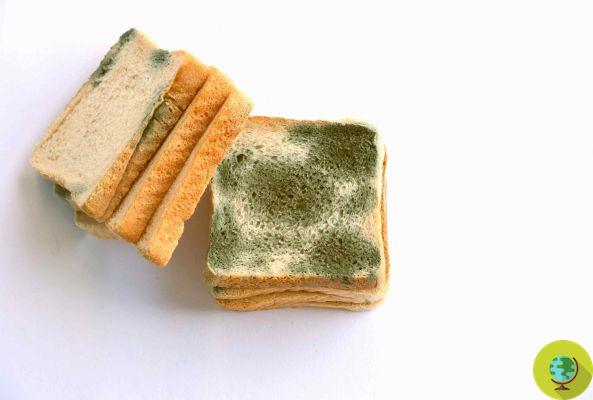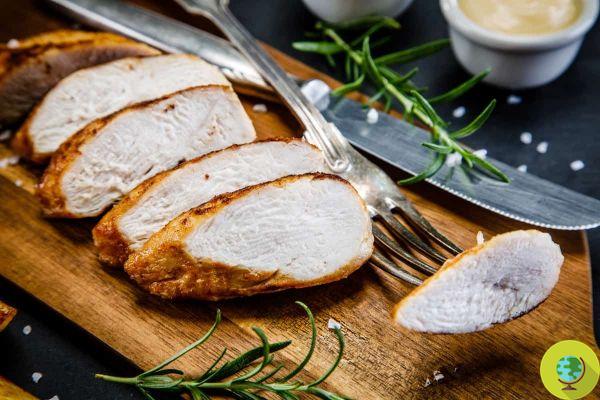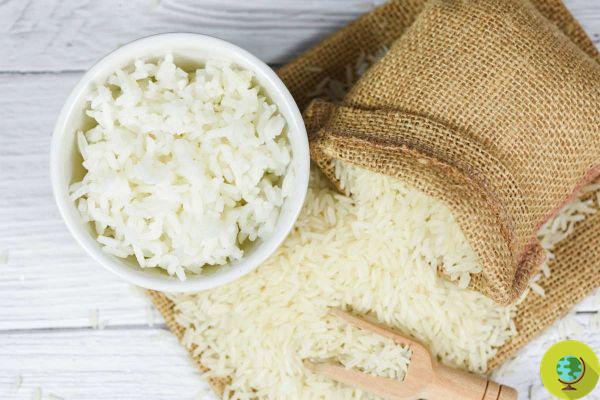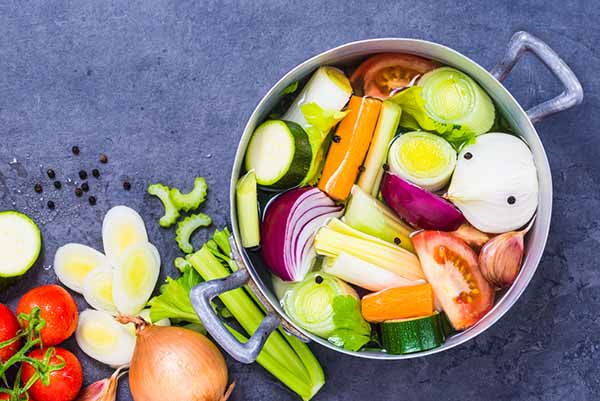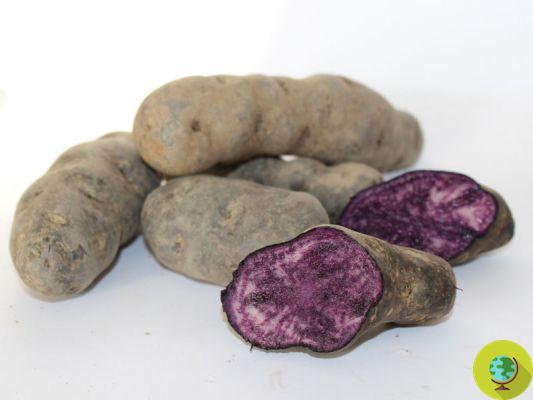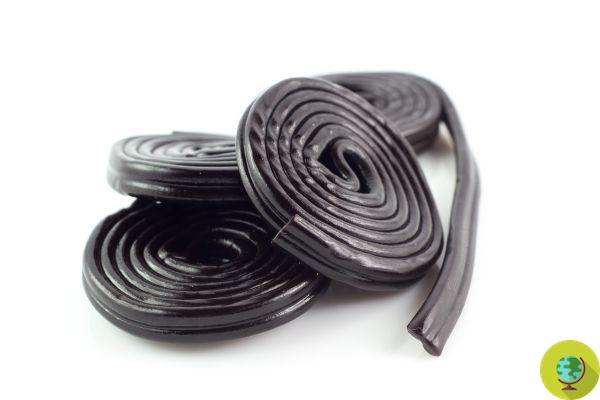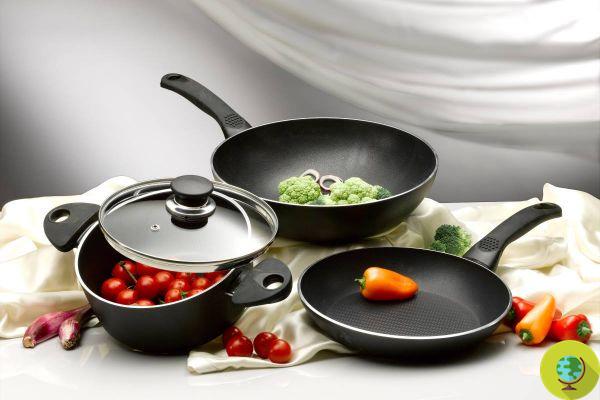
Non-stick Teflon pans are not dangerous in themselves but you need to know how to use them, alternatively it is better to choose other options
Don't store avocado like this: it's dangerousLe non-stick pans are they safe? This is a question that all health conscious people have asked themselves sooner or later. Let's try to clarify.
Non-stick pans have become commonplace to prevent foods from sticking together and resulting in real culinary disasters. However, we often discuss (and for years now) about some components with which they are made that pose many doubts about the safety of these tools.
Teflon and PFOA (perfluorooctanoic acid)
"Usually when people ask about the safety of their non-stick cookware, they talk about Teflon," Suzanne Fenton, a reproductive endocrinologist at the National Institutes of Environmental Health Sciences in North Carolina, told Live Science.
Teflon, also known as polytetrafluoroethylene (PTFE), is a clear plastic that is used to coat metal pots and pans, giving them a waxy, easy-to-clean surface. For decades, scientists have debated whether or not it is safe to cook.
Does Teflon release toxic substances?
Experts tend to agree that Teflon itself is not a problem. The coating is considered non-toxic, but the worry sets in when the pan gets too hot.
“When the cookware overheats, the PTFE coating starts to disintegrate,” said Dr. Fenton.
Of particular interest is then whether or not there is, in the composition of the pan, the presence of perfluorooctanoic acid (PFOA), one of the chemicals that is released when these utensils heat up. Long-term exposure to PFOA is linked to a number of unpleasant conditions ranging from cancer to thyroid disease.
Sul site of the Airc regarding non-stick pans we read:
“The non-stick coating of the pans is not in itself associated with an increased risk of getting cancer or having particular health problems, at least when cooking takes place without reaching too high temperatures and keeping the surface intact. The potential danger of non-stick pans is linked to the presence - increasingly rare in modern products - of perfluorooctanoic acid (PFOA), used in some processes of preparation of the final product. The PFOA is classified by the International Agency for Research on Cancer in class 2B (possibly carcinogenic to humans).”
Not all researchers are convinced that people really need to worry about Teflon. Some point out that no studies have specifically analyzed the long-term effects of Teflon pans on humans. Most of the studies, in fact, focus on the health effects of the chemical by-products of Teflon, such as PFOA, which however comes from cases of environmental exposure, such as drinking water or inside factories, where the levels of exposure are much higher than those that can be achieved using non-stick cookware.
"In general, non-stick pans are not dangerous," said Kyle Steenland, a professor of environmental health at Emory University in Atlanta.
Some scientists argue that people don't cook at high enough temperatures for dangerous chemical reactions to occur, but some research suggests that cookware can easily reach a high enough temperature to disintegrate Teflon.
A group of Canadian researchers published a study in the journal Nature in 2001 in which Teflon broke at 680 degrees Fahrenheit (360 degrees Celsius). A Teflon-coated pan can reach 750 F (399 C) when left for eight minutes on high heat on a stove, according to a 2017 article published in Environmental Science and Pollution Research.
And even at lower temperatures, the Teflon coating can crack with use over time according to an article published in the journal Polymer Degradation and Stability. If you constantly heat the pan to 260 F (127 C; the temperature at which we cook the steak), the pan should last about 2-3 years and no longer, according to the study published in Nature.
Take care of your non-stick pans, use them over medium-low heat, do not use tools that scratch e change them every time that get damaged are undoubtedly useful tips to ensure a healthier cuisine. But, in some cases, it's best to ditch the Teflon pans altogether, just to be safe, Fenton added. This is especially true for pregnant women, breastfeeding women or those with small children at home.
PFOA in particular is linked to problems in the development of children. This is because it is considered an endocrine disruptor, and the substance is also associated with obesity, diabetes, poor sperm quality and irregular menstrual cycles.
Airc underlines that:
"Pots and pans with non-stick coating, especially the most modern ones made in compliance with current regulations, they are not dangerous to health, as long as they are used appropriately ".
If we are not sure whether to do this, however, and in the conditions indicated above by Dr. Fenton, it is always good to change your options in the kitchen.
Fortunately, there is a wide range of other possibilities on the market for those who want to avoid these materials. Seek therefore Teflon and PFOA Free non-stick pots and pans or choose other. (In the following article we had listed some options: 10 alternatives to common non-stick pans and pots
Carcinogenic Teflon? 10 alternatives to common non-stick pans and pots
Fonte: Live Science / Airc
Read also:
- Does Teflon release toxic substances?
- Teflon pans and silicone molds: are they safe? The brands that have been promoted and rejected
- Pfas contained in non-stick pans (and more) promote weight gain
- Children's bodies are filled with plastics and PFOA, the new study
- Cooking food: which pots and pans to choose? The pros and cons of all materials




